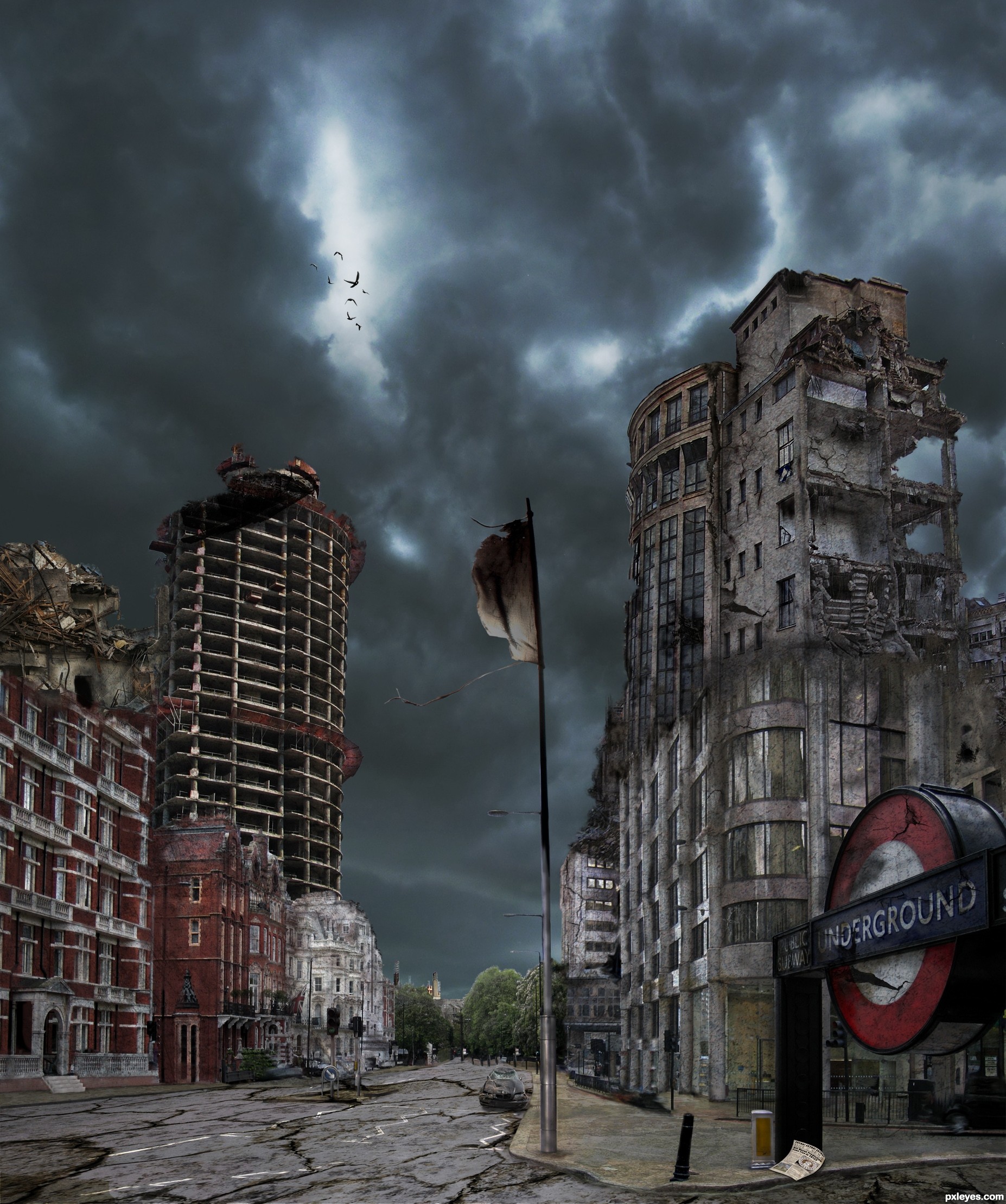

Russia had also begun attacking civilian targets including a known evacuation route and a maternity hospital and other health care facilities (which are also war crimes). It had reportedly broken cease-fire agreements, admitted to launching thermobaric rockets, hypersonic missiles, and banned anti-personnel mines and cluster munitions, the uses of which may be considered war crimes. Russia had, however, escalated its efforts. Together, these factors delayed what Russia reportedly planned to be a swift takeover.Īs of May 2, 2022, Kyiv still had not fallen. Moreover, reports came of Russian soldiers who chose to surrender rather than fire upon Ukrainians, whom they regarded as countrymen (because Ukraine is a former Soviet Republic). Many Russian tanks ran out of fuel and were abandoned. Russia also had great difficulty keeping supply lines running smoothly-a concern amplified by the fact that, according to some reports, Russia's ground forces entered Ukraine carrying only a three-day supply of fuel. The frozen ground began to thaw, creating muddy, boggy soil that limited the ability of tanks and other heavy armored vehicles. The Ukrainian people, urged to resist by President Volodymyr Zelensky, fought with great conviction and effectiveness. However, those expectations proved inaccurate. 25, 2022, Russian forces had also overtaken an airfield near Kyiv and were expected to take control of the city within days, if not hours. 24, 2022, Russian forces had taken control of the Chernobyl nuclear power facility. The initial attacks were composed of missile volleys, soon followed by ground troops and armored units which entered Ukraine from both Russia and Belarus and appeared to be targeting Ukraine's capital city of Kiev. Military action in the Russo-Ukranian conflict After officially recognizing the separatist Ukrainian regions of Donetsk and Luhansk on February 21, 2022, Russian President Vladimir Putin sent troops into Ukraine on what he termed a "peacekeeping" mission, which escalated to a large-scale invasion on Feb. On February 24, 2022, the Russian Federation began a military invasion of Ukraine, escalating a conflict that had been simmering since Russia's 2014 annexation of Ukraine's Crimean peninsula. This article will use the Uppsala Conflict Data Program definition, which described war as "a state-based conflict or dyad which reaches at least 1000 battle-related deaths in a specific calendar year." Fatality figures include any combatants killed in action as well as any civilians who were deliberately killed (for example, by bombings or other attacks). Conversely, not every ongoing armed conflict is classified as a war. Not all wars are formalized with official declarations of war between combatants. Countries subject to prolonged conflict can become war-torn countries that require many decades to rebuild their infrastructure, economy, and other functions. Often, countries' leaders become primary motivators of conflict by instigating a territorial dispute, trying to control another country's natural resources, or exercising authoritarian power over people. Among these are economic gain, territorial gain, religion, nationalism, civil war, and political revolution. There are many possible reasons for war to begin between-or more often, within-nations. The Oxford English Dictionary defines "war" as: (1) A state of armed conflict between different countries or different groups within a country (2) a state of competition or hostility between different people or groups, or (3) a sustained campaign against an undesirable situation or activity.


 0 kommentar(er)
0 kommentar(er)
